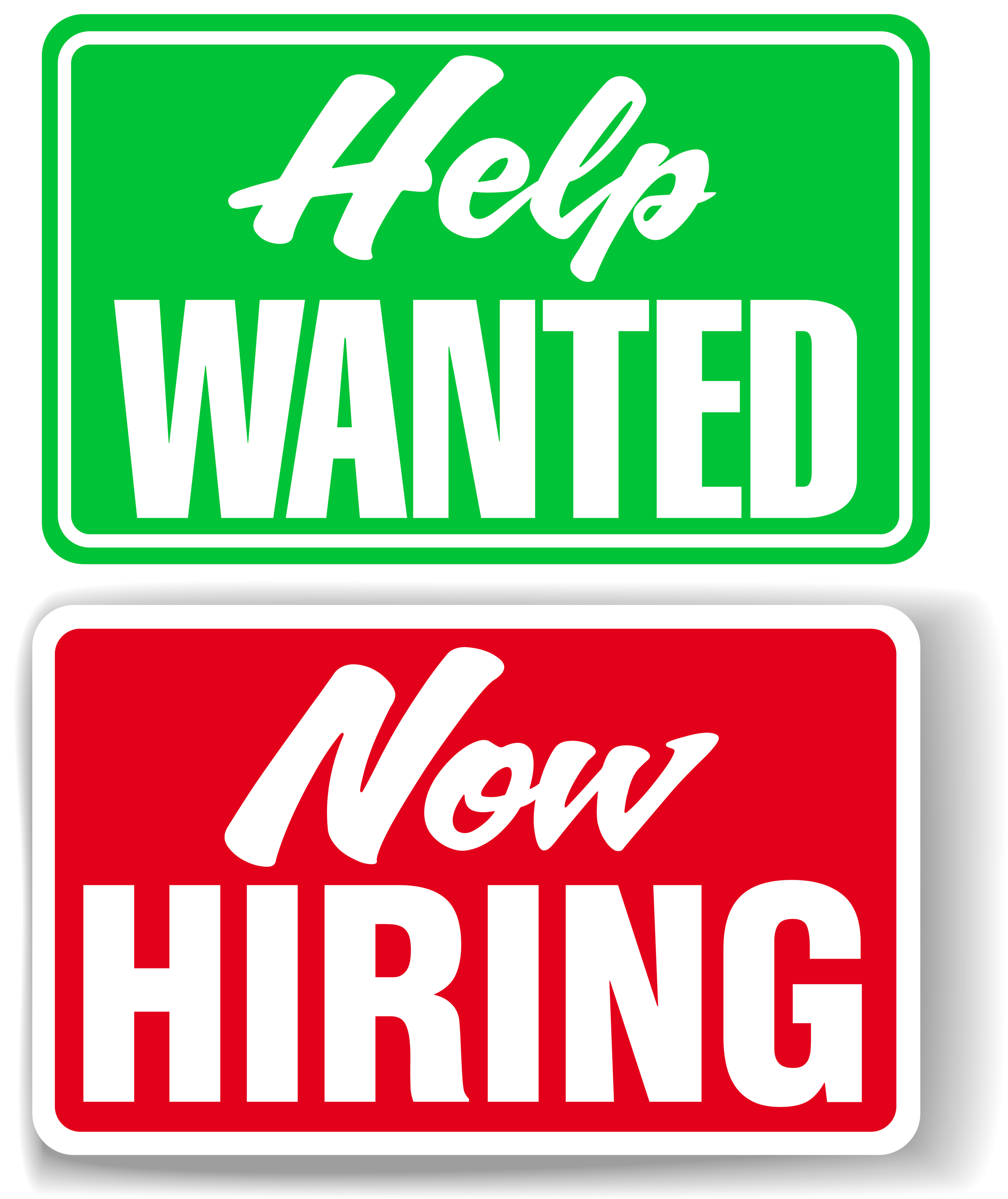Implementing a knowledge base for your restaurant team can transform your operations, fostering a more efficient, organized, and collaborative work environment. By improving communication, ensuring consistency, and catering to today's workforce needs, a knowledge base empowers your team to focus on what matters most – creating exceptional guest experiences.
Read MoreYou want to tell people that the spices will transport them to an exotic place; that the mushroom and wet leaves in the wine remind you of going camping in the autumn; that a few appetizers for the table would be great to share so everyone has a little something to try without spoiling their appetite. It’s not about necessarily about the food or drink itself but how someone will feel when they have it. Sell the experience, not the thing
Read MoreIt's a good use of time to learn as much as you can about the different offerings that guests can enjoy. Avoid getting overwhelmed by taking things one step at a time. The more you know about your menu, the higher your sales will be because guests trust you to lead them on an amazing experience. Happy guests and higher sales mean higher tips!
Read MoreRun each service at peak efficiency because every second matters, especially with today’s additional challenges around with COVID-19. The aim is to train your team to be thinking critically about their actions, to be conscious and intentional about what they are doing during service.
Read MoreMost restaurants are only viable when operating at the capacity they were designed for, yet the current climate indicates that restaurants will re-open at decreased capacity. Revenue management strategies developed to optimize capacity must now also consider the protection of guests and employees.
Read MoreBecause RevPASH is the most effective metric at simulating the revenue for your restaurant, it is the most valuable metric to use to evaluate revenue management decisions. It’s important to remember that you can directly impact Average Check and Turn Time while RevPASH effectively combines these two metrics. Revenue Management strategies differ significantly for a busy restaurant, versus a slow restaurant.
Read MoreRestaurant employees expect to have a clear idea of how to do their job (i.e., a training program), what's on the menu, and information about the company they now work for. They also expect to be able to quickly get answers to questions that come up, just as they would in their everyday lives. When employees are not engaged, they underperform, misrepresent the restaurant brand, create negative service experiences, and eventually leave for something more engaging. Restaurant owners and managers have to create a new model for how we run restaurants.
Read MoreThe key to restaurant revenue management is understanding that your restaurant has a fixed capacity: there are a fixed number of tables, chairs, and barstools, and a fixed period of time in which you operate. Managing this fixed capacity is where revenue management strategies come into play…
Read MoreWhen guests come into your restaurant, oftentimes the server or bartender is the only person they really speak to, except for a brief moment with the host team, if you have one. This is why it is crucial that your service staff, the ambassadors of your brand, know at least a base-line about the wine list. There is so much information out there and we only have so much time because our primary job is to get through a smooth service. The question is, especially with wine, where do you even start?
Read MoreI fueled my mornings with iced triple espressos, and I put myself to bed with two to three cocktails nightly. There were days when it took everything in me not to turn the car around when I saw my exit. I could write a book on the highs and the lows, the joys and the frustrations that made up my years with that company; that's not what this blog post is about. This post is about one simple quote my boss passed on to me that has informed just about everything I do in the restaurant business.
Read MoreThink of your restaurant’s fan base as your springboard to success, your greatest marketing tool, and your number one solution to many day-to-day challenges. How to build a strong following of regulars, however, is not as simple as training a staff that’s proficient in order taking and menu preparation. They need to be exceptional at selling your experience—your brand—to every guest that walks through your doors.
Read MoreUnderstanding this idea helps us better manage the guest experience, particularly regarding first-time diners. In retail they talk a lot about "conversion," a word we don't use in our restaurant vocabulary. What they mean is to convert a person walking who has come to browse into a paying customer. Well, we need conversion, too! We need to turn first-time diners into regulars.
Read MoreIf for every time you hire a new employee you could save $100 you would, wouldn’t you? How about $200? As I shared in my post last week, the cost of turnover for one new employee is said to be between $4000 and $14,000. It stands to reason that if you would take action to save one or two hundred dollars, then you’d probably take action to save thousands of dollars, right?
Read MoreThe cost of turnover for one new employee is said to be between $4000 and $14,000...
The fact is, when you own or manage a restaurant or restaurant group, you have to wage war against turnover. In addition to what can be quantified, are non-quantifiable costs to be considered as well, such as changes in staff morale, relationships with regulars, and the trust you build in your employees. People come and go all the time; it’s part of the narrative, but there are things that we can do to reduce these costs and build a better team.
Read More













